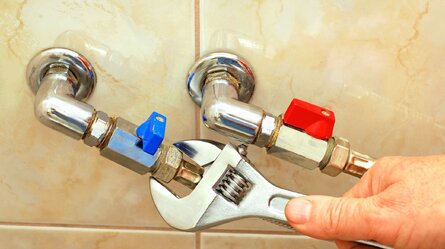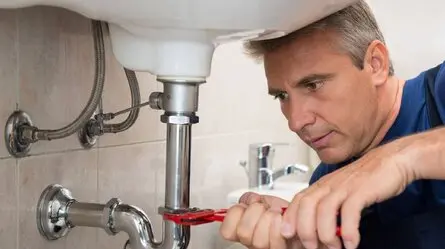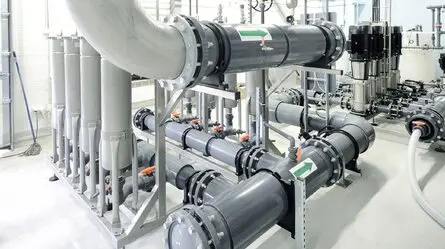Did you know that over 70% of Australian homeowners plan to upgrade their plumbing within the next year? Choosing the right plumbing appliances is crucial for enhancing both functionality and aesthetics in your home. The right choices can improve efficiency, reduce water bills, and create a more comfortable living environment.
Let’s delve into assessing what you need, explore the variety of appliances out there, and consider key factors like energy efficiency and design. Arm yourself with the insights to make informed choices that will keep your household happy for years to come.
Evaluating Your Needs
Assessing your home’s plumbing requirements involves evaluating several vital factors to ensure efficiency and satisfaction.
First, consider the size of your family, as this directly influences water usage. A larger family typically requires a system that can handle high demand, with features like multiple bathrooms and high-capacity water heaters.
Water usage patterns are crucial. For instance, if your family uses water simultaneously (e.g., morning showers and evening laundry), you may need a system with robust water pressure and efficient hot water delivery. If you live in an area with hard water or contaminants, consider any specific needs, such as water filtration systems.
Budget is another critical factor. While opting for the cheapest solutions is tempting, investing in quality plumbing fixtures and materials can prevent costly repairs and replacements. It’s wise to balance immediate expenses with long-term savings.
Future-proofing your plumbing choices is essential. Consider potential lifestyle changes, such as having more children or aging in place, which might require accessible fixtures. Installing energy-efficient appliances and fixtures can reduce utility bills and environmental impact.
Types of Plumbing Appliances
Plumbing appliances play a vital role in every home, boosting both functionality and comfort. Here’s a look at some key types you might consider:
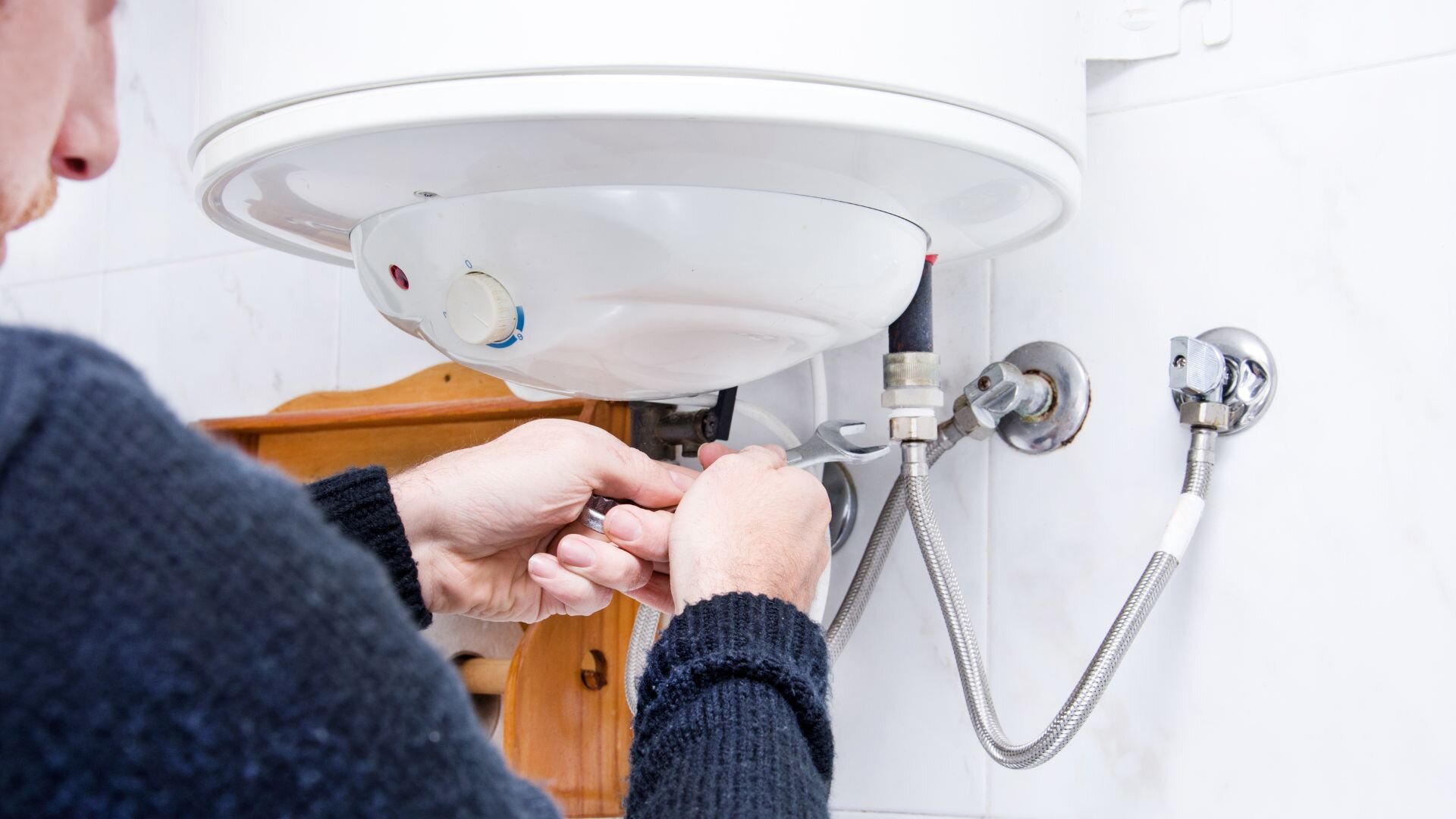
Taps
These are among the most familiar fixtures crucial for delivering water in kitchens and bathrooms. They offer adjustable water flow and temperature control in designs like single-handle, double-handle, and touchless models.
Sinks
Sinks are designed to hold water in kitchens, bathrooms, and utility rooms for washing hands or dishes. They are made of diverse materials, such as stainless steel and porcelain, catering to various aesthetic and functional needs.
Showers
Showers provide water for bathing and can be standalone or part of a bathtub setup. They often feature various spray settings, temperature controls, and additional options like handheld sprayers for versatility.
Bathtubs
These large fixtures are ideal for soaking and come in styles like freestanding and alcove. Made from materials such as acrylic or cast iron, bathtubs add a luxurious touch to bathrooms.
Toilets
Essential for waste disposal, modern toilets often incorporate dual-flush technology and water-saving features to enhance efficiency and comfort.
Bidets
Used for personal hygiene, bidets offer water for cleaning after using the toilet. They can be standalone or integrated into toilet seats.
Urinals
Urinals are space-saving fixtures designed for urination, often featuring water-saving designs.
Water Heaters
These provide hot water for household needs. They are available in tankless or tank-based models to ensure a consistent supply for various appliances.
Hose Bibs
Also known as outdoor faucets, these fixtures connect hoses for gardening and other outdoor tasks and are installed outside homes and buildings.
Water Softeners
Installed in areas with hard water, these appliances remove minerals to prevent scaling in pipes, improving water quality and prolonging plumbing system life.
Energy Efficiency and Sustainability
Energy-efficient appliances come with a host of benefits, positively affecting both the environment and your household budget. By using less energy, they help lower greenhouse gas emissions, reducing your overall carbon footprint.
Sustainable choices in plumbing appliances, such as low-flow taps and dual-flush toilets, conserve water without compromising performance. These innovations help reduce water consumption and decrease energy usage, as less energy is required to heat and pump water.
The 2004 Australian standards for energy efficiency set benchmarks for various appliances, promoting the use of more efficient technologies. These standards encourage manufacturers to design products that use less energy and water, benefiting consumers and the environment. Homeowners choosing appliances meeting stringent efficiency criteria will reduce costs and conserve the environment.
Style and Design Considerations
Design plays a big role in a home’s look and feel, shaping an inviting and cohesive atmosphere. The right choices can truly transform a space, making it feel larger, more comfortable, or up-to-date.
Trending Styles and Materials
Minimalism continues to be popular, emphasising clean lines and clutter-free spaces. Scandinavian design is also trending with its focus on simplicity and functionality. Natural materials like wood, stone, and metal are favoured for their durability and timeless appeal. Eco-friendly and sustainable materials are increasingly in demand as homeowners become more environmentally conscious.
Tips for matching appliances with existing decor:
- Neutral Colours: Choose appliances in neutral shades like stainless steel, black, or white, as they blend nicely with most colour schemes.
- Finish consistency: Match the finish of new appliances with existing fixtures (e.g., matte or glossy).
- Integrated appliances: Consider built-in appliances concealed with cabinetry for a seamless look.
- Accent pieces: Use small appliances to add a pop of colour.
- Size and scale: Ensure appliances are proportionate to the space to maintain balance and harmony.
- Style cohesion: Choose appliances that complement the overall style (e.g., vintage-style appliances in a retro kitchen).
- Lighting harmony: Coordinate appliance finishes with lighting fixtures for a unified look.
- Smart features: Choose smart appliances that integrate seamlessly into modern designs and offer functionality.
- Texture variety: Mix textures, such as matte and glossy finishes, to add depth without clashing.
- Colour accents: Use appliance colours to mirror or contrast with existing decor, creating visual interest without overwhelming the space.
Installation and Maintenance Tips
Hiring a professional for installation is crucial for optimal performance and safety. Experts ensure that all components are correctly fitted and adhere to industry standards. This enhances the system’s efficiency and helps avoid potential hazards related to improper setup.
Regular maintenance is key to keeping your system running smoothly and extending its lifespan. By catching minor issues before they become big headaches, you can save both time and money in the long run. Maintenance checks also help keep everything energy-efficient, cutting down on utility costs.
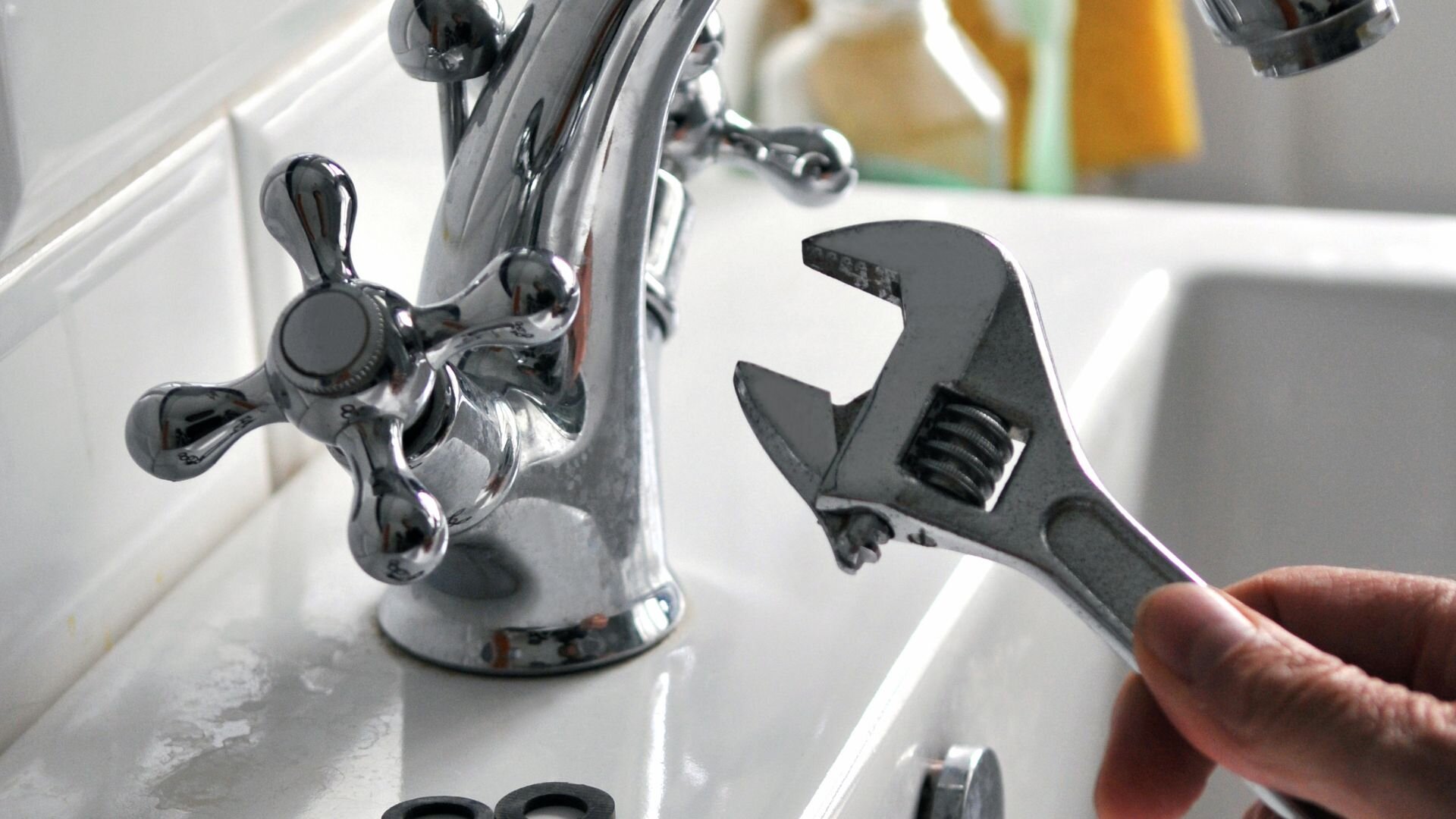
Simple maintenance tips:
- Regular Cleaning: Dust and debris can accumulate over time, affecting performance—regularly clean filters and vents to ensure proper airflow.
- Inspect Components: Periodically check all parts for signs of wear and tear. This includes looking for leaks, rust, or unusual noises.
- Schedule Professional Check-ups: At least once a year, have a professional conduct a thorough inspection and service to ensure everything functions correctly.
- Monitor Performance: Keep an eye on energy bills and system performance. Sudden spikes in energy usage can indicate an underlying issue that needs attention.
Cost vs. Value: Making the Right Investment
Finding the right balance between upfront costs and lasting value is crucial when you’re making investments. Although going for the cheapest option might seem appealing, focusing on quality often pays off more in the long run. High-quality products or services generally offer enhanced durability, efficiency, and satisfaction, ultimately leading to savings and better performance as time goes by.
To ensure a wise investment, research thoroughly before committing. Compare options, read reviews, and consider the total cost of ownership, including maintenance and potential upgrades. Look for warranties or guarantees that demonstrate confidence in a product’s longevity. Additionally, consider the impact of the investment on productivity or quality of life, as these can provide significant intangible benefits.
Investing in quality reduces the likelihood of frequent replacements and enhances overall satisfaction, making it a more sustainable and rewarding choice. Prioritising long-term value over short-term savings is often the smarter financial strategy.
Transform Your Home with the Perfect Plumbing Choices
Woolf Plumbing is a trusted partner that provides reliable and efficient plumbing solutions. With a team of experienced professionals, we are committed to delivering high-quality services that meet your specific needs.
Whether you’re dealing with minor repairs or major installations, our expertise ensures that your plumbing systems are in capable hands. We prioritise customer satisfaction and offer practical and long-lasting solutions, making us the go-to choice for countless satisfied clients.
We invite you to contact Woolf Plumbing for expert advice and top-notch services you can depend on. Our friendly and knowledgeable team can assist you with any plumbing concerns. Don’t hesitate to contact us today to schedule a consultation or service appointment. Please stay connected with us by following our blog for more insights, tips, and updates on maintaining your plumbing systems.


